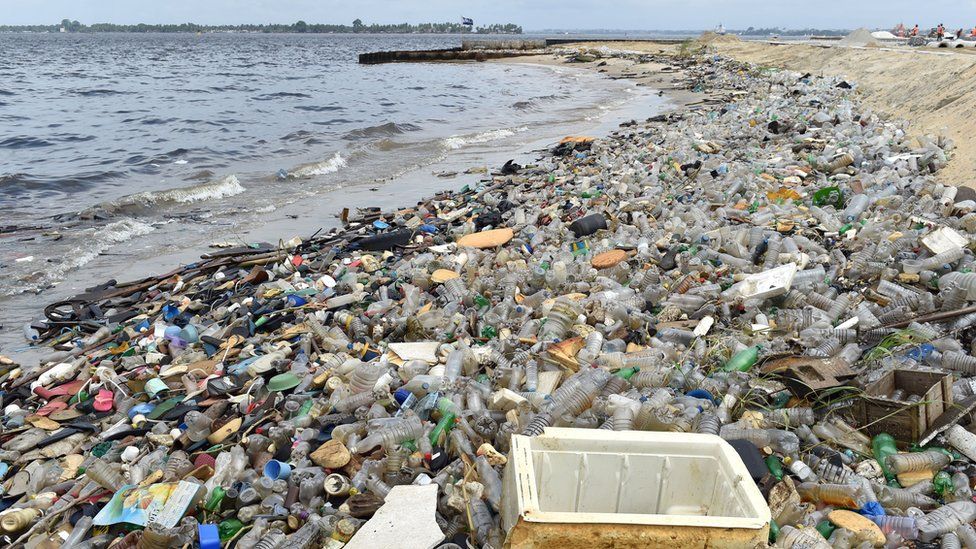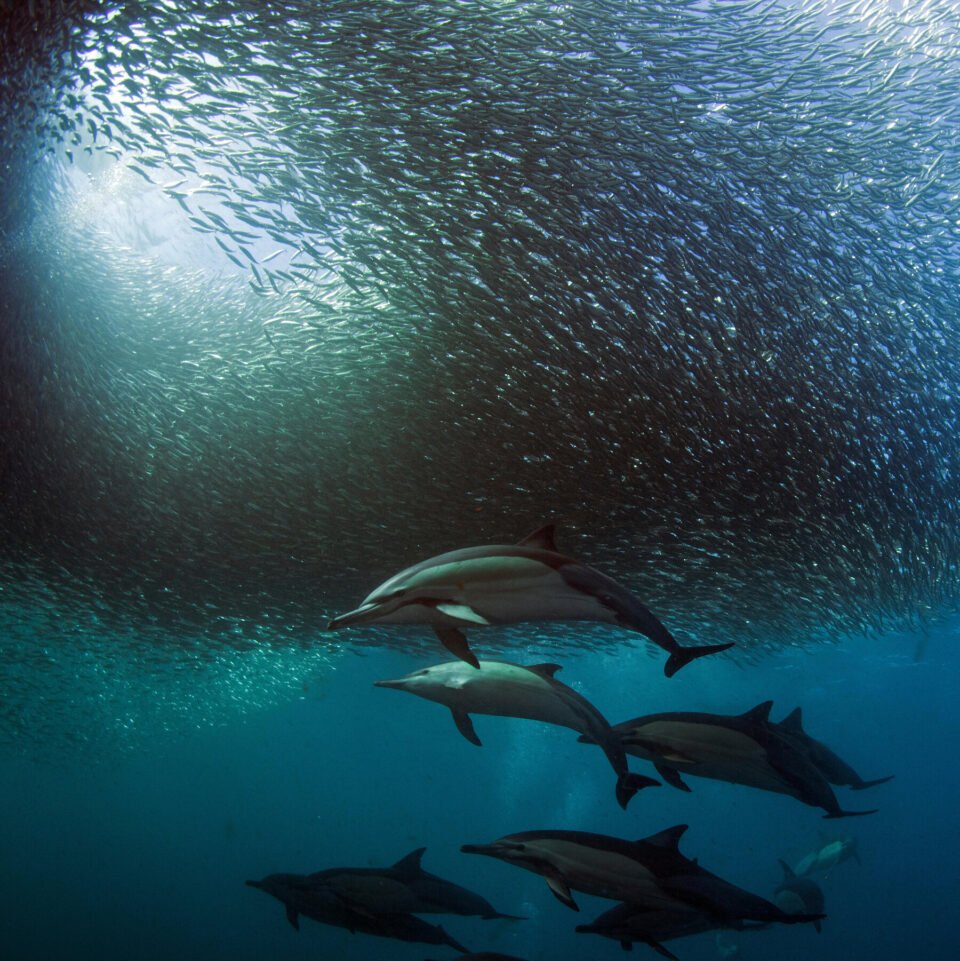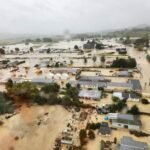UN Ocean Treaty Negotiations: “Planetary Life Support System”
The goal of UN gatherings is to create a consensus for the preservation and sustainable use of huge marine ecosystems.
Members of the United Nations will assemble in New York City on Monday to recommence attempts to construct the elusive and long-awaited convention to protect marine biodiversity throughout the planet.
The high seas, where nearly two-thirds of the ocean is located, are governed by a patchwork of laws that are inconsistently applied.
The UN sessions, which begin on Monday and continue through March 3, are intended to result in a comprehensive agreement for the preservation and sustainable use of those enormous marine ecosystems. The negotiations, properly known as the International Conference on Marine Biodiversity of Regions Outside National Jurisdiction, were put on hold last year since no agreement could be reached on a binding agreement.
The ocean, according to marine researcher Boris Worm of Dalhousie University in Canada, is the planet’s life support system.
“We didn’t feel like we had much of an impact on the high seas for the longest period. But the growth of deep-sea fishing, mining, plastic pollution, climate change, and other human disruptions, he said, has altered that belief.
Key issues will be the focus of the UN discussions. Who should draw the lines defining the borders of maritime protected areas? How should institutions evaluate the effects on the environment of industrial endeavors like mining and shipping? And who has the authority to impose laws?

Nichola Clark, an oceans specialist who is monitoring the negotiations for the non-partisan Pew Research Center in Washington, DC, stated, “This is our largest global commons.” “We are hopeful that this upcoming round of talks will be the one to bring a treaty to a successful conclusion.”
Instead of actually designating marine protected zones, the talks’ goal is to create a system for doing so.
The objective is to establish a new organization that will accept applications for certain maritime protected zones, according to Clark.
A deal is urgently needed, according to marine researcher Simon Ingram of the University of Plymouth in England.
The need for this is urgent, according to Ingram, especially in light of issues like deep-sea mining, which poses a serious risk to biodiversity before we can survey and comprehend the life that exists on the ocean floor.
According to experts, a worldwide oceans treaty is required to implement the UN Biodiversity Conference’s recent commitment to protect 30% of the world’s seas and land for protection.
According to Jessica Battle, a World Wildlife Fund expert on ocean governance, “We need a legally enforceable framework that can enable governments to work together to actually achieve these targets they’ve agreed to” (WWF).
The deal is a priority for the US, according to US Assistant Secretary of State for Oceans and International Environmental and Scientific Affairs Monica Medina.
For the first time, she said, “this agreement aspires to build a coordinated strategy to establishing marine protected zones on the high seas.” “It’s time to complete the project.”
The negotiations are being keenly watched by officials, environmentalists, and representatives of international sectors that depend on the sea.
Small Pacific and Caribbean island nations are “especially vulnerable to global ocean issues,” such as pollution and climate change, which they typically do not cause or have the resources to easily address, according to Gemma Nelson, a lawyer from Samoa and current Ocean Voices fellow at the University of Edinburgh.

She added that it is crucial to “have the traditional knowledge of local people and communities recognized as authentic” in order to safeguard both ecosystems and Indigenous populations’ ways of life.
Gladys Martinez de Lemos, executive director of the non-profit Interamerican Association for Environmental Defense, which focuses on environmental concerns throughout Latin America, said that the talks are crucial because high seas encompass about half of the surface of the earth.
She argued that the agreement needed to be robust and ambitious in order to create fully protected zones on the high seas. “In the UN these weeks, half of the planet is on the line.”




